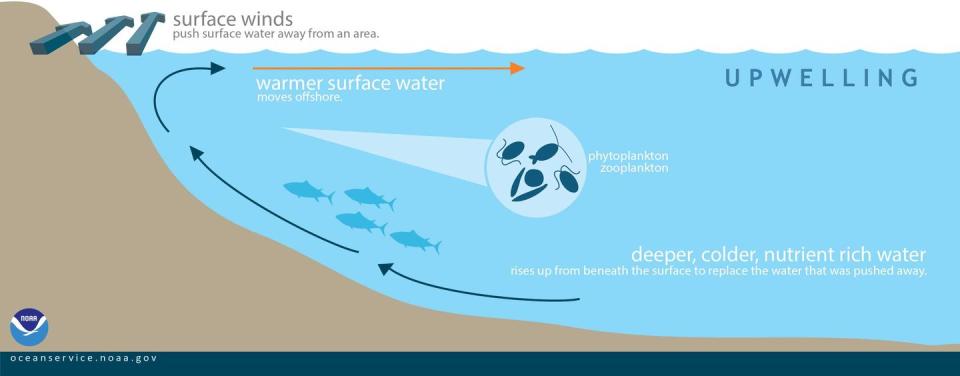The Exoplanets Most Likely to Host Alien Life Might Not Look Exactly Like Our Own Home

The exoplanets most likely to house life in other star systems might not look exactly like our own home.
Slow-rotating planets with high surface pressure, salty oceans and, critically, upwelling within their waters are likely to foster life, according to a new study.
Scientists recommend broadening our view of what makes an exoplanet habitable.
Since 1992, we've discovered over 4,000 exoplanets in star systems across the universe. Planetary scientists are searching for answers to some of life's key questions: Are we alone? What makes an exoplanet potentially habitable? And what conditions do there need to be on that world in order for life to exist?
Researchers have long used our own home—which lies within the sun's habitable zone and is home to lots of liquid water—as the gold standard, seeking out planets in other systems that are just like Earth.
When evaluating the potential for life on other worlds, planetary scientists often assess its size, mass, and atmosphere first.
Now, one team argues it may be time to broaden our horizons.
Researchers from the University of Chicago are using NASA computer models to forecast how ocean circulation on other worlds contributes to the probability that life may exist there. Efforts like these help us pinpoint which worlds elsewhere in the solar system and beyond should be evaluated for study.
“This study starts the process of assessing the impact that ocean circulation has on nutrient cycling, biological productivity and, potentially, the detectability of life on exoplanets,” study coauthor and University of Chicago associate professor Dorian Abbot said in a press statement. While the study recently appeared in the Astrophysical Journal, you can read it on the pre-print website arXiv.org here.
Water is a key ingredient for life on Earth and likely on other worlds, too. A complex conveyor belt of ocean currents keeps life in our oceans healthy. Animals that live in the top layers of the ocean eventually die and sink down into the depths. Through a process called upwelling, these nutrients are brought back toward the surface where they can reseed life and foster biodiversity.

Winds that sweep across the sea pull apart surface water. This allows water from the deep sea to rise up, bringing nutrients with it. The regions where we see the most upwelling—off the coast of California, Peru, Northwest and Southern Africa, and other coastal regions—are bursting with life.
“If you look at life in our oceans, it is overwhelmingly concentrated in regions where there is upwelling,” planetary scientist Stephanie Olson, a postdoctoral fellow at the University of Chicago, said in the statement.
Scientists at the University of Texas at Austin are trying to understand how ocean currents could influence life on watery worlds closer to home. They published a 2013 paper in the journal Nature on circulation within Europa's ice-covered oceans.
“Now we have a general idea of how the ocean water might be moving around, how it could transport heat through the ice shell, and how that could relate to the surface," geoscientist Krista Soderlund, the study’s lead author, said in a press statement at the time.
In the next decade, NASA's Europa Clipper Mission will launch for Jupiter's tiny, fascinating moon. We'll witness the European Space Agency's Jupiter Icy Moons Explorer (JUICE) mission set out for the outer reaches of the solar system. We're keen to explore how the waters beneath the surface on icy moons like Enceladus and Titan behave.
Upwelling, Olson maintains, could be the key to finding life on distant exoplanets. The models the team used revealed that a planet's size and rotation rate can significantly influence how much upwelling occurs in its oceans.
Exoplanets that rotate more slowly than Earth have a higher surface pressure, and saltier oceans, for instance, are more likely to see increased rates of upwelling. We may also be able to more easily spot the chemical signatures for biological life on these types of worlds.
In the future, Olson recommends we expand our search for life on other exoplanets to include not just Earth-analogues, but ones that are likely to have the right oceanic conditions. In the search for extraterrestrial life, knowing what to look for is half the battle.
You Might Also Like

